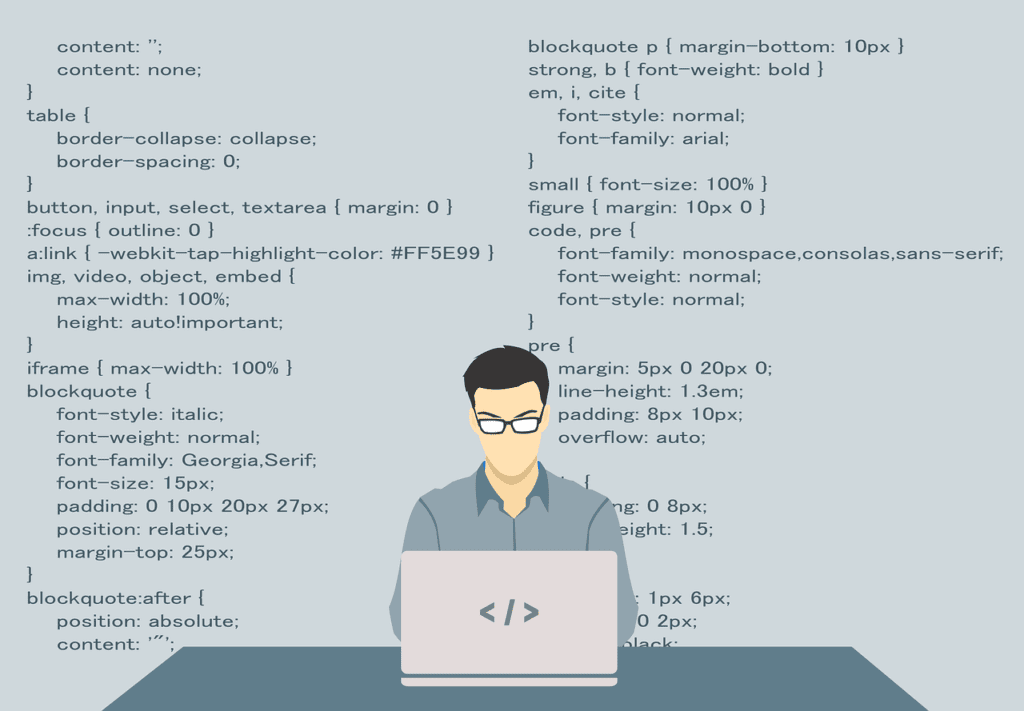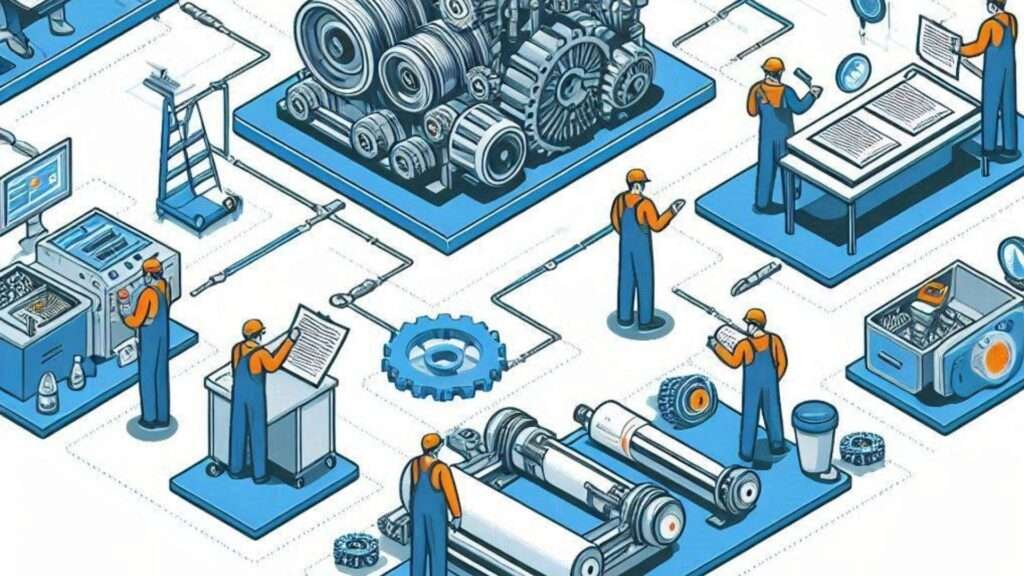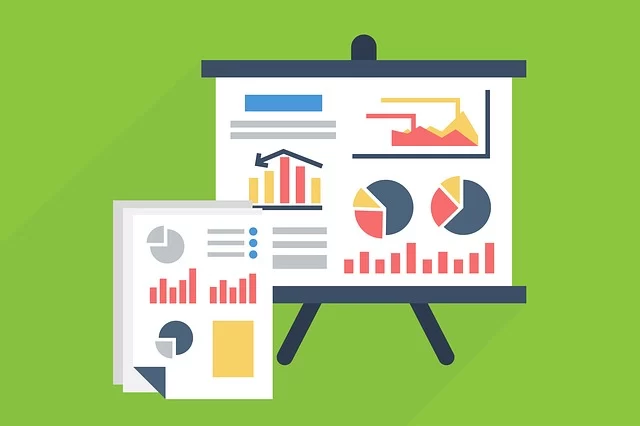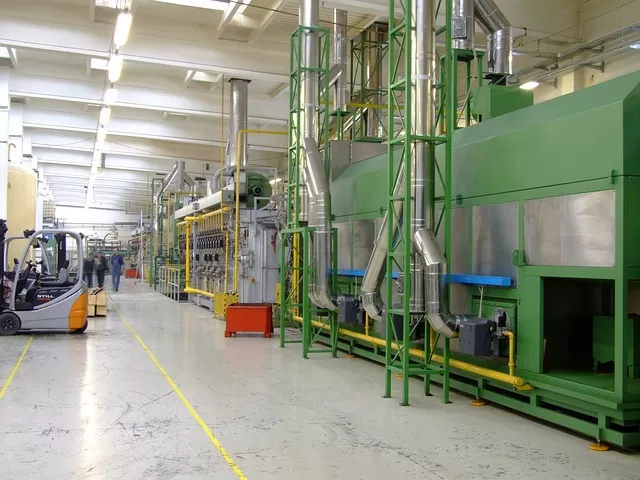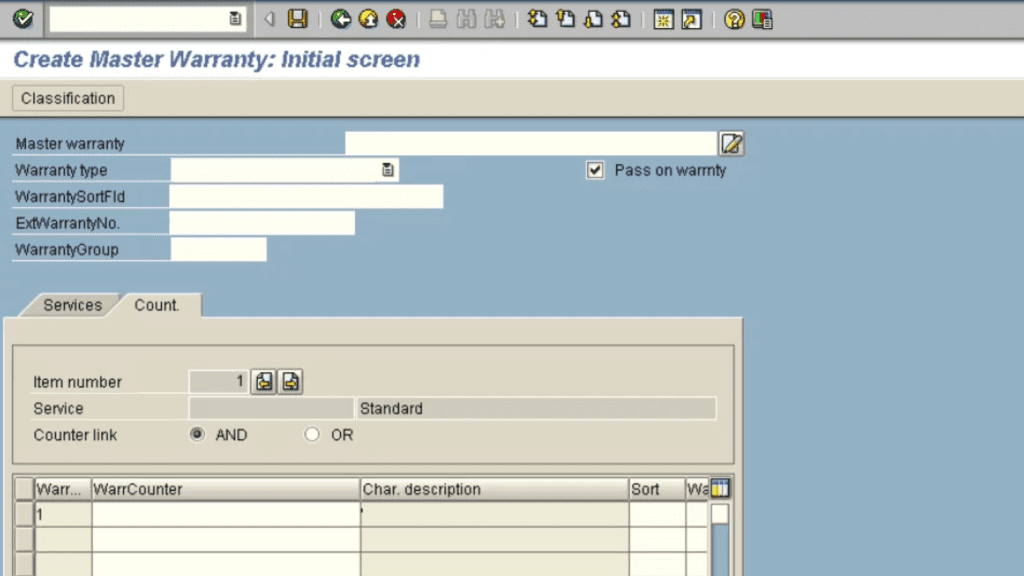The Power of Quality Master Data Management.
I’m sorry for stating the obvious but Asset
management is a critical function for businesses across any industry you can
think of. It involves the strategic planning, acquisition, utilisation, and
disposal of assets to maximize their value and achieve organizational goals. To
ensure effective asset management practices, it is essential to have robust
systems in place. These systems act as the backbone of asset management,
enabling businesses to streamline processes, make data-driven decisions, and
optimise resource usage.
The Role of your Software in
Asset Management.
The software your company has implemented as you
Computerised Maintenance Management System (CMMS) play a pivotal role in asset
management. The CMMS provides a digital
platform to track and monitor assets throughout their lifecycle. They
facilitate the collection, storage, and analysis of data related to asset
performance, maintenance schedules, depreciation, and much more. With the help
of these software solutions, businesses can gain valuable insights into their
asset portfolio, identify areas for improvement, and make informed decisions to
enhance efficiency and profitability.
High-quality systems offer several benefits that
significantly impact the effectiveness of asset management practices:
1.
Enhanced
Visibility and Control: A robust
asset management system provides real-time visibility into the entire asset
inventory. It allows businesses to track asset location, status, and usage
patterns, enabling proactive maintenance and reducing the risk of asset loss or
theft. With centralized control, organizations can effectively manage asset
allocation, utilization, and retirement, ensuring optimal resource utilization
and cost savings.
2.
Improved
Decision-Making: Accurate
and up-to-date data is crucial for making informed decisions in asset
management. High-quality systems enable businesses to capture and analyse data
related to asset performance, maintenance history, and costs. This data
empowers organizations to identify trends, predict failures, and plan
maintenance activities effectively. With actionable insights, businesses can optimise
asset utilization, reduce downtime, and make strategic decisions regarding
asset acquisition or disposal.
3.
Streamlined
Workflows: Efficient
asset management requires streamlined workflows that minimize manual effort and
maximize productivity. High-quality systems automate routine tasks such as
asset tracking, maintenance scheduling, and reporting, reducing the
administrative burden on employees. By eliminating manual errors and
streamlining processes, businesses can save time, reduce costs, and ensure
compliance with regulatory requirements.
The Characteristics of Quality
Asset Management Systems.
Not all asset management systems are created equal
and they are definitely not all sustained equally. To ensure the highest
possible quality, businesses should look for the following characteristics when
selecting, developing and sustaining an asset management system:
a)
The
software needs to be scalable: A high-quality asset
management system should be scalable to accommodate the growing needs of the
business. It should be able to handle an increasing number of assets, users,
and data without compromising performance or functionality. Scalability ensures
that the system can adapt to changing business requirements and support
long-term asset management strategies.
b) Integration Capabilities:
Integration with other business systems is crucial for seamless asset
management. A high-quality system should have the ability to integrate with
enterprise resource planning (ERP) systems, maintenance management software,
and other relevant tools. Integration eliminates data silos, improves data
accuracy, and enables cross-functional collaboration, leading to more effective
asset management practices.
c)
Customisation
& Personalisation Options: Every business has
unique asset management requirements. A high-quality system should offer customisation
and personalisation options to tailor the software to specific needs. This
flexibility allows businesses to configure workflows, data fields, and
reporting capabilities according to their preferences. Software that is able to
be Customised and Personalised will help ensure the product gets used. If users enjoy their experience with the software,
they won’t mind coming back tomorrow. We
need to do what we can to ensure that the software looks and feels good to the
people that will be using it all year long.
It needs to align with existing processes and maximize user adoption and
sustain quality usage.
d) Data Security and Compliance:
Asset management involves sensitive data, including financial information,
maintenance records, and asset specifications. A high-quality system should prioritise
data security and compliance with industry regulations. It should have robust
security features such as user access controls, data encryption, and regular
backups. Compliance with standards such as ISO 55001 demonstrates the system’s
commitment to data integrity and protection.
Effective asset management practices are only
possible when supported by high-quality asset management software solutions,
your CMMS.
Your CMMS is there to provide the necessary
infrastructure to streamline workflows, make data-driven decisions, and achieve
optimal asset utilization. By investing in a high quality CMMS, setting it up
right and keeping it at the highest possible level of quality, businesses can
enhance visibility and control, improve decision-making, and streamline
processes.
Ultimately, the integration and continuous
improvement of a CMMS is a key factor in unlocking the full potential of asset
management and driving overall success.
CMMS Master Data Management (MDM) should not be
downplayed or overlooked if ensuring effective Asset Management is high on your
company’s agenda.
The Role of Master Data
Management in Asset Management Solutions.
Accurate and reliable CMMS Master Data is
essential for efficient asset and process management. This is where a
professionally implemented, well structured, and continuously improved Master
Data Management (MDM) program can make a huge difference to just about any
corporation.
By implementing quality Computerised Maintenance
Management Systems (CMMS) master data practices, your company can establish a
reliable single source of truth for all foundation data related to your assets,
systems, and processes.
Centralizing Data for Trustworthy
Decision Making.
One of the primary advantages of implementing an
MDM program from the start is that it ensures that your users have access to a
high-quality, up-to-date central data repository at all times. You can trust the data, and your company can
rely on it.
Quality CMMS master data alleviates the
frustration of searching for information across multiple systems and
applications, reduces data fragmentation, and helps prevent incorrect decisions
or conclusions from being made.
With a reliable source of master data within your
CMMS, decision-making becomes more efficient, effective, and accurate,
resulting in consistently high KPIs.
Master Data gets its name for a very good
reason. It serves as the foundation for
all other data in your organisation. Without accurate and consistent CMMS
master data, the effectiveness of your asset management software and related
maintenance practices can suffer. It is critical to recognise the value of MDM
and treat it as an integral part of your company’s data strategy and overall
asset health program.
Building an Effective CMMS MDM
Program.
An effective CMMS MDM program should include a
dedicated data governance team or appointees, trained quality master data analysts,
and master data creation specialists. These positions can be either employees
of your organisation or contractors, and in many cases, a combination of
both.
The primary goal is to collaborate, then
establish, and maintain standards for data creation, maintenance, transparency,
protection, and audit integrity through data governance. They also use data
quality measures to ensure that essential data is accurate, complete, and
consistent. The CMMS Master Data Management team is responsible for ensuring
data consistency across all systems and applications, thereby improving asset
management data reliability and usability regardless of where users work within
the organisation.
Ensuring Accuracy and Uniformity
of Data Assets.
Implementing a quality CMMS MDM program with
skilled professionals can significantly improve the accuracy and consistency of
your critical data assets. Just as physical assets require proper maintenance
to function properly, your customer data, product data, asset identification,
performance data, and maintenance strategy data must be current, entered correctly,
and accurate.
By focusing on master data quality, you can
improve the overall effectiveness of your asset management software. When we implement Effective Asset Management
Software, we are well on our way to achieving high asset management standards.
It’s important to note that extended periods of
master data inaccuracy or ineffectiveness can have a negative impact on how
employees perceive their company’s asset management software. When users frequently encounter inaccurate
and incomplete master data, it can lead to inefficiencies, errors, and
frustration.
It’s the users that are driving your CMMS Success,
how well they drive it depends on their training, the driving force behind the
rules associated with driving it, the vehicle they are in (your CMMS) and the quality
of the road being travelled (your Master Data).
Rectifying CMMS Master Data that has become overly
erroneous can be expensive and very challenging. Hopefully, by the time we get around to
fixing it, it’s not too late.
It’s far better to start off with quality master
data and then keep it that way. Make a
plan and then stick to it. This is why leaders need to understand that it’s crucial
to prioritise CMMS Master Data Management from the outset. Make sure regular training is available to
users that want to learn more about how to help your company achieve more with their
software and asset management practices.
Consider making CMMS Master Data Management training can available in
multiple formats, one on one with company subject matter experts (SME), traditional
classroom training, virtual and interactive software programs.
Promoting the Importance of MDM.
To ensure that CMMS MDM remains at the forefront
of users’ minds, it’s essential to actively promote its importance within your
company. Include MDM performance discussions and updates in key stakeholder
meetings to emphasize its significance within your organisation.
It goes without saying that if the GM or CEO of
the business are asking questions and talking about MDM the quality and/or
effectiveness of the master data within their multi-million dollar Asset
Management Software Solutions, then anyone beneath them in the pecking order
should start taking interest in it.
By consistently highlighting the value of MDM, you
can create and uphold confidence in users about the accuracy and reliability of
their CMMS Master Data, ultimately enhancing the overall effectiveness of your
asset management software and maintenance programs.
In conclusion, an effective Master Data Management
program is vital for ensuring the overall effectiveness of asset management
software at your company. Implement quality CMMS master data practices,
engaging master data professionals and ensure data governance.
Don’t take your foot off the pedal when it comes
to keeping the data at a light level of quality, you can improve your triple
bottom line (TBL) results. The TBL is measure
of a company’s social, environmental, and economic impact, rather than only
focusing on generating profit.
Maintenance Management Practices at your company
have the ability to impact (good and bad) on the TBL.
Lastly, by prioritising Master Data Management and
actively promoting its significance, you can enhance user confidence, have the
right data, in the right places, in the right format, at the right level of
quality and improve the overall effectiveness of your asset management software
and anything that depends on it.
For those companies that are
looking to implement a CMMS.
When it comes to managing assets and streamlining
operations, companies have a plethora of software solutions to choose from. It
is crucial to spend considerable time reviewing all the available options.
Don’t just follow the crowd; instead, focus on finding the software solution
that best aligns with your company’s unique needs and goals.
Exploring the Options Takes Time
and Patience.
There are numerous excellent asset management
software products available in the market today. Some of the popular ones
include SAP, Hitachi Ellipse, Pronto, IBM Maximo, Pulse Mining Systems,
Mainpac, MEX, Upkeep, MaintainX, Reflect, JD Edwards and Oracle eAM to only
name a few. Each of these software solutions offers its own set of features and
benefits, catering to different industries and company sizes.
Consider Your Company Size Now
and Five Years From Now.
Whether you are a small business or a large
enterprise, there is a software solution that suits your needs. For small
businesses, there are even open-source solutions available that can be used for
free. These open-source options provide a cost-effective way to manage assets
and streamline operations without breaking the bank.
When evaluating different software solutions, it
is essential to focus on your company’s specific needs and requirements. Be
also sure to consider the big picture of your company. How much growth is budgeted for? Be sure to think about you needs further
down the track; don’t start off with a solution that’s good for supporting the
manufacturing of 10 apple carts today if your company vision is to be making
12,000 apple carts in 5 years time.
Consider the functionalities you require, such as
maintenance scheduling (often overlooked), cost accounting, human resource
management, inventory management, work order management, and reporting
capabilities. Assess the scalability of the software to ensure it can grow with
your company in the future.
The Benefits of a Well-Matched
Software Solution.
Investing time and effort into finding the right
software solution can yield numerous benefits for your company. Here are a few
advantages:
I.
Increased Efficiency and
Productivity: A well-matched software solution can streamline your company’s
operations, automate manual processes, and improve overall efficiency. By
eliminating time-consuming tasks and reducing human error, your employees can
focus on more strategic activities, leading to increased productivity.
II.
Enhanced Asset Management: A
robust asset management software solution provides comprehensive visibility
into your company’s assets, allowing you to track their lifecycle, schedule
maintenance, and optimise their utilization. This proactive approach can extend
asset lifespan, reduce downtime, and minimize costly repairs.
III.
Improved Decision-Making: With
the right software solution, you gain access to real-time data and actionable
insights. This enables informed decision-making, as you can analyse performance
metrics, identify trends, and make data-driven decisions to optimise your
operations.
Where to from here?
Choosing the right software solution for your
company is a critical decision that requires careful consideration. Don’t
simply follow what other companies are doing; instead, focus on finding a
solution that aligns with your company’s unique needs and goals.
Evaluate the available all options on the table and
look at the strengths, weaknesses and potential of each one. Consider factors like company size,
functionalities, and scalability. By investing time in this process, you can
find a software solution that will enhance your company’s efficiency, asset
management, and decision-making capabilities.
Once you get it, implement it well, set-up why you
need to look after it correctly, how you are going to look after it and who’s
going to be doing it. Then it’s just the matter of getting the work
done.

